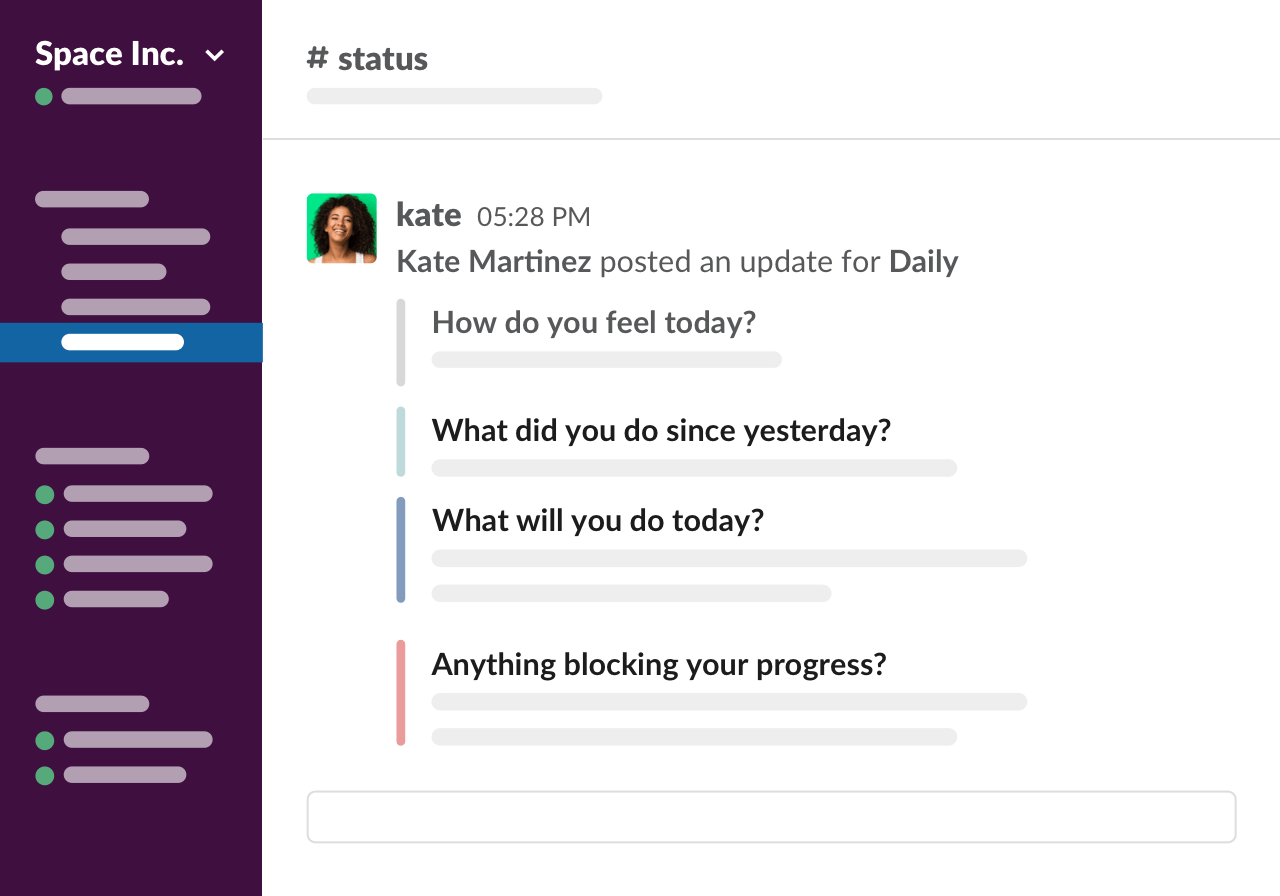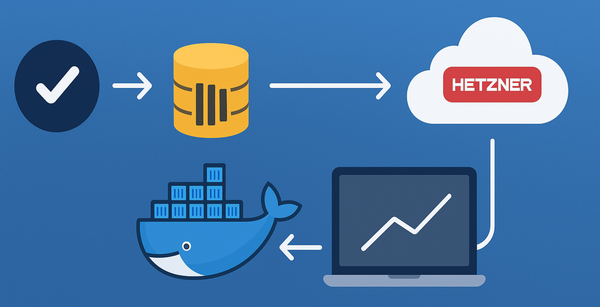Scrum ceremony meetings at remote work
Since almost everyone is working remotely nowadays, all our meetings are conducted virtually via Zoom, Google Meet, Slack etc. And I have developed a distaste for being in meetings. Perhaps we have more meetings now compared to what we used to have. This might be because we can’t physically go over to someone’s desk and talk to them to catch up. It has to be a booked slot in the calendar. With the booked slot, we now feel obligated to fill the entire slot with something to discuss.
If you wanted to discuss something with more than one person, it is difficult to find times when everyone involved is free. People are away from their desks at different times. They take coffee and lunch breaks at different times. When I worked from office, most of us went to get lunch together. Those with kids will be going for school runs at different times too.
I think my grudge is against scheduled repeated meetings involving more than 2 people. I don’t mind catching up with someone. Getting on a call ad-hoc for reviewing their work, pairing, or answering questions. In fact, I think its very important. You need to have regular one-to-one meetings. Which are scheduled repeated meetings between 2 people. I have a weekly catchup with my line manager and I have fortnightly catchup with each person in my team. These meetings last about 30 minutes.
When working in a Scrum team, there are a few ceremony meetings that every member of the team needs to attend. These are again, repeated and typically involves more than 1 other person.
Stand up meetings
Stand up meetings usually happen every day and involves all of the team members. And in my experience, teams usually do a good job of keeping this to a maximum of 15 minutes. Each person spends 2 minutes to give the rest of the team members an idea of “what they did the day before”, “what the planned work for today is”, and “if there are anything blocking them from progressing”.
At my current work, virtual meeting for Stand up is now replaced by a message that gets posted on a slack channel. We use a service called Geekbot, that posts the 3 questions to each member everyday at 9 o’ clock their local time. This slack app then posts the response to a public slack channel. Team members can answer these questions anytime they like. They can catch up with other peoples’ response at anytime they prefer.

We still have virtual meeting calls for Stand up on mondays and tuesdays. I find that people do read what others are working on even if its optional for them to do so. Its common for people to zone out during virtual meetings and end up not listening until its their turn to speak. And zones out again after they are done. Some people post updates with links to work items or pull requests and clear explanations. Where as, others keep their updates short. And it changes from day to day.
Sprint refinement
Sprint refinement meetings are another repeated meeting that we have once a week. Most of the times, people are not engaged enough in these sessions. Ideally, each person needs to be aware of the stories that will be discussed in the call. They need to be told of this atleast 2 days before the refinement session. The longer each person gets to think about a particular story, the better. Chances are that they will have questions prepared for the refinement. Better, they might already have the answers. The team will benefit immensely if there were alternative solutions to the work item than the one prescribed by the technical lead or architect. Without the time given ahead of the meeting, we are demanding people to think on the spot about a requirement. And find flows in the solution that the Product Owner, Business Analysts, and Technical Lead have come up with.
I think that its not possible to replace Sprint refinement meetings with asynchronous alternatives. Especially in a team that follows “traditional” Agile methodology. Which makes it more important that we utilise the full 1 hour with the team to its maximum potential. Business Analysts or Product Owners needs to communicate early with the team about stories that will be discussed in the meeting. They also need to make sure enough scenarios are captured in the acceptance criteria of the story so that developers who are interested can make sense of the requirement and the proposed solution ahead of time.
Developers needs time to think through the scenarios captured in the acceptance criteria. Are there missing criterias thats not thought through? Are assumptions made about the code or architecture thats incorrect or outdated? Does the story require a design discussion? Are there technical debts in this area of the code base that can be addressed with the work item? And therefore should be included in the estimation. The team can capture some of the tasks for the work item that’s obvious at this stage. There will be time to add more tasks as work happens on the work item.
Sprint demo
We currently spend a lot of time in meetings designed to prepare us to give a live demo of the features we delivered in the current sprint. And this innevitably brings along with it a lot of stress to the people who has something to present. Time is wasted multiple times for each of the preparation sessions and the actual demo. Time is spend to prepare the environment for the demo and each of the practise sessions. I say instead, each team spends time every sprint on writing a blog post in the format of release notes with screenshots and video recordings. That is end user friendly and post it before the start of the following sprint. If you use Confluence for example, each space can contain its own blog. I name the blog post “🚢 Shipped in Sprint X by Team ABC”.
One of the problem with Sprint demo meetings are that no watches the recording afterwards. Except perhaps you were off work that day. Its also not possible to search for demonstration of a particular functionality across many recordings. It becomes slightly easier if you’ve got accompanying slides or audio transcripts for each demo. Its easier to visualise the progress from these blog posts every quarter or year.
Conclusion
Some of the meetings that demand everyone to be available at specific point in time can be replaced with an alternative. But I admit, there are few Scrum ceremonies that are important to keep as a meeting. Even if its virtual. Such as the retrospective. It might even be good to conduct retrospectivesin person once in a while.
It does seem possible to completly replace all of the Scrum ceremony meetingswith an alternative asynchronous counterpart. In some circumstances, it might even be required. There are certainly tools available to enable this.


